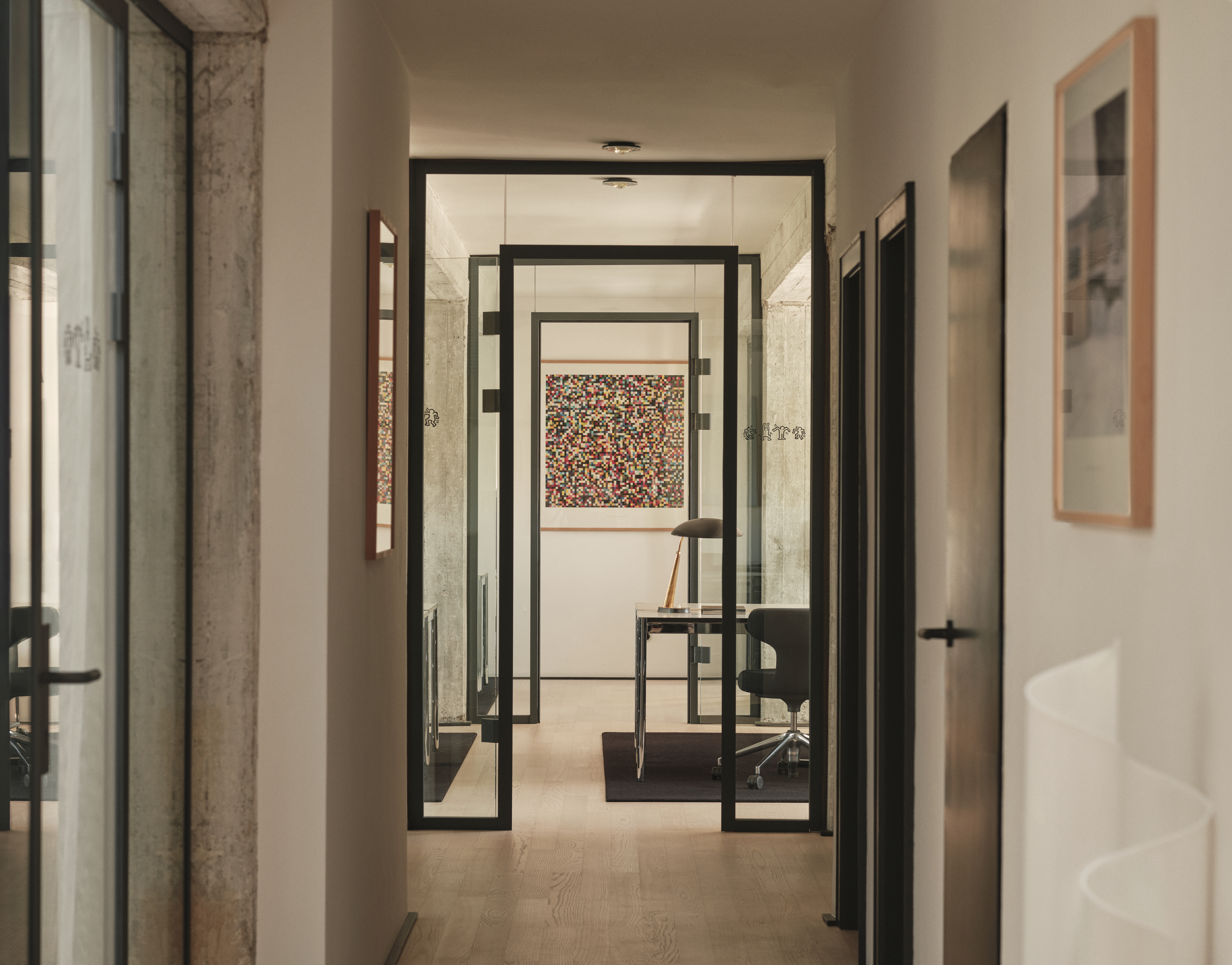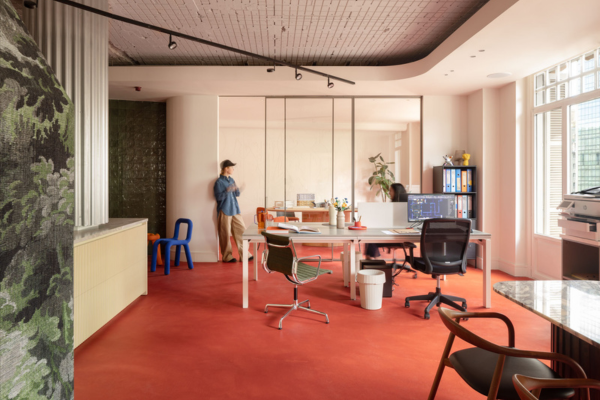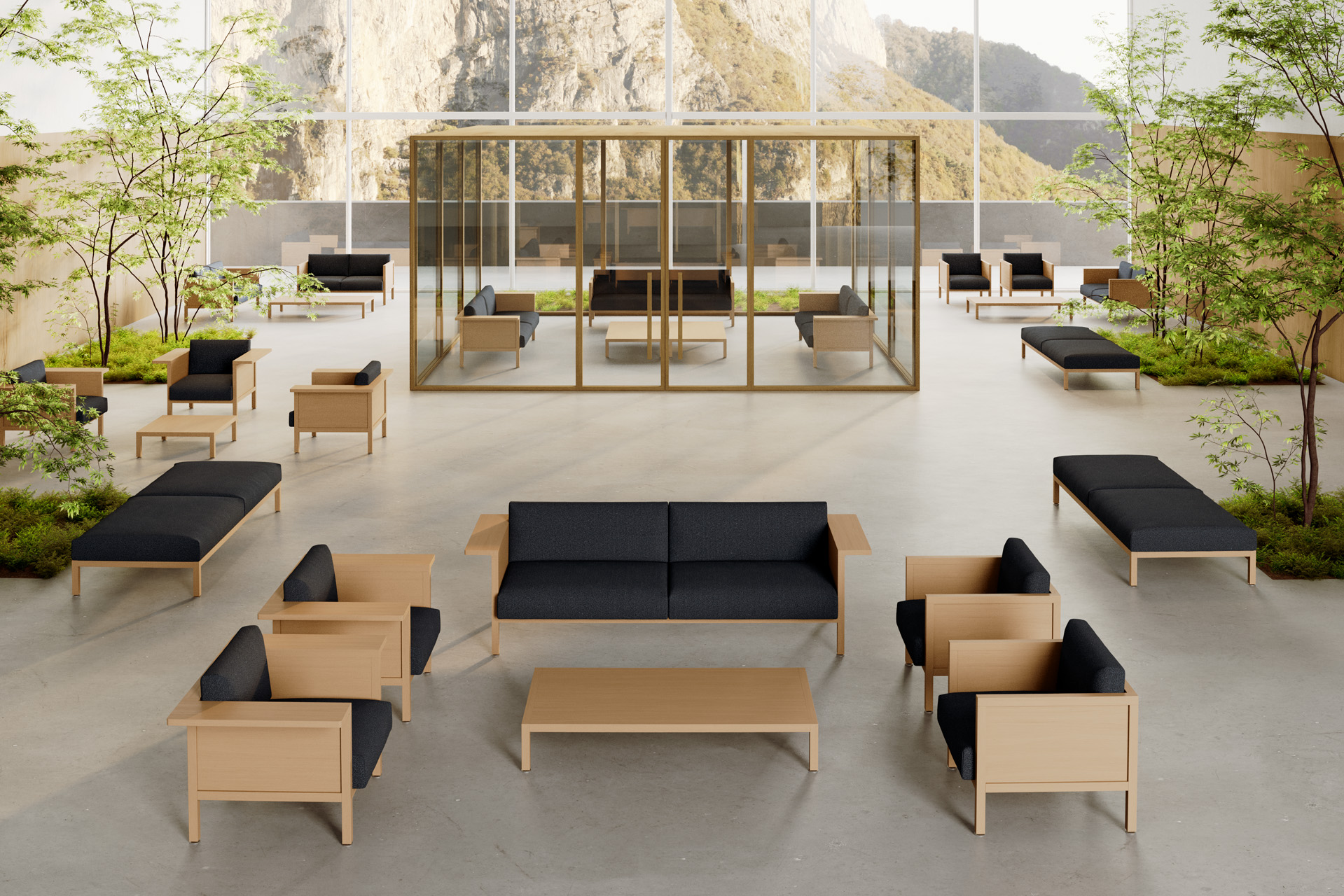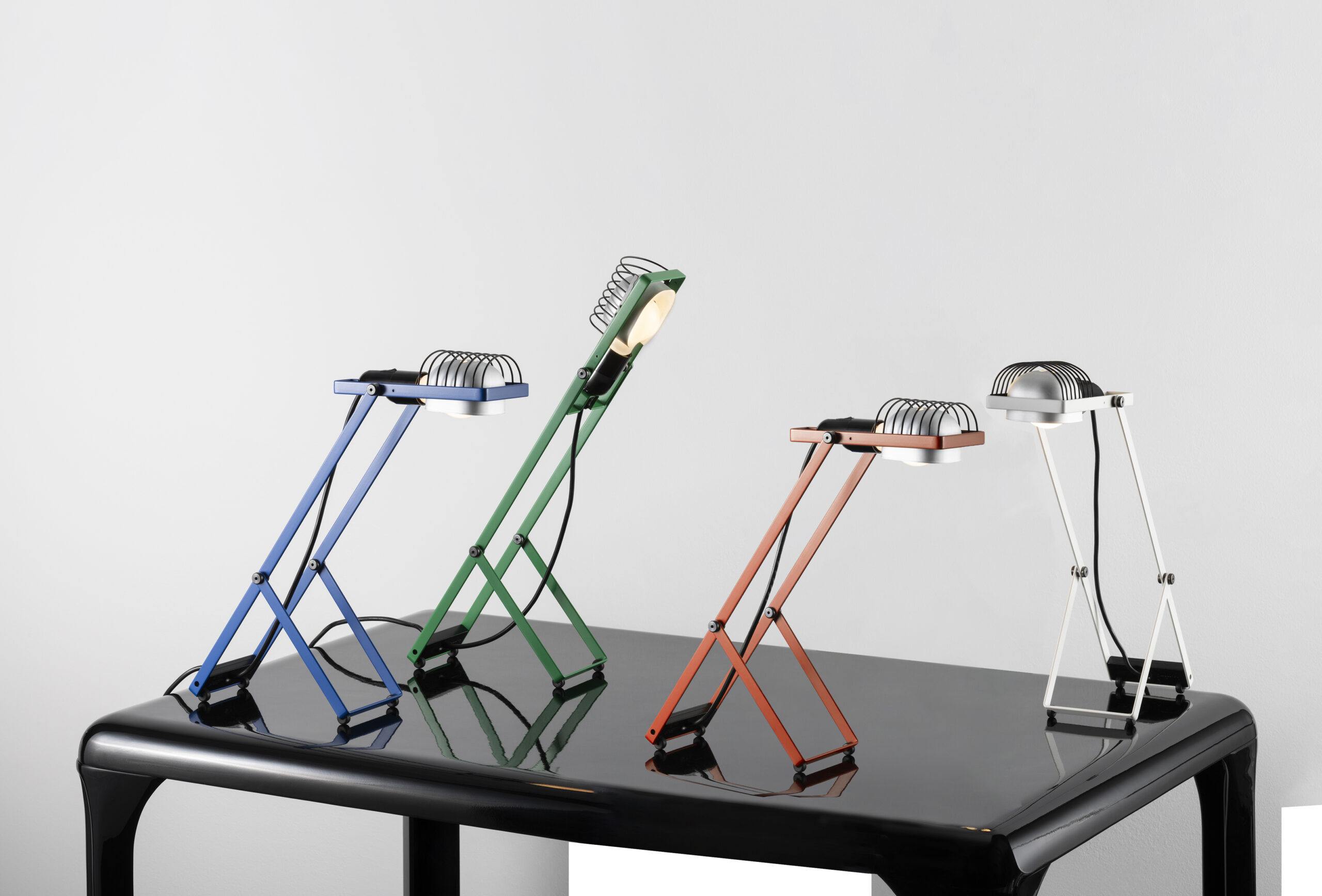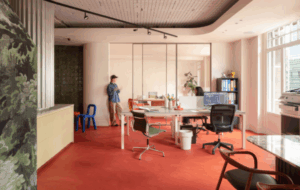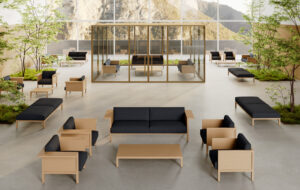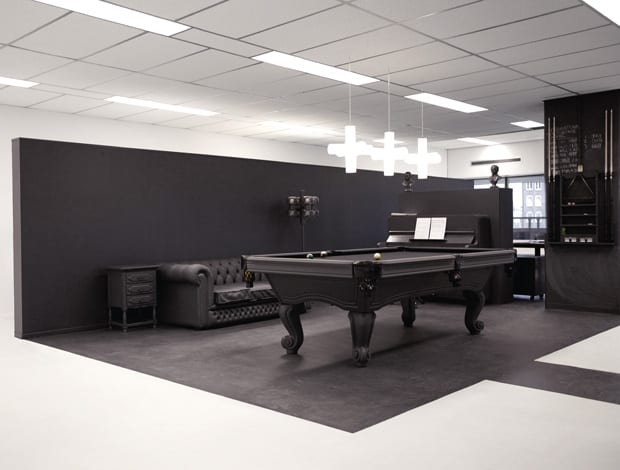 The lounge has a hovering effect from the painted shapes on the floor|Open plan work area with treated chairs and desks|An elks head looks down over the library and the meeting space|Chalkboard paint provides a brainstorm wall in the work area|Chesterfield sofas and a standing lamp are given a new lease on life|The used furniture came from ebay, charity shops and Gummo’s old office|Special rubberised spray paint was applied to everything||
The lounge has a hovering effect from the painted shapes on the floor|Open plan work area with treated chairs and desks|An elks head looks down over the library and the meeting space|Chalkboard paint provides a brainstorm wall in the work area|Chesterfield sofas and a standing lamp are given a new lease on life|The used furniture came from ebay, charity shops and Gummo’s old office|Special rubberised spray paint was applied to everything||
Need a stylish look for a temporary workspace on the cheap? Spray it black
It’s amazing what a lick of paint can do. Just ask the guys at Dutch creative agency, Gummo, whose new office has blazed across the design blogs thanks to an inventive marriage of second-hand furniture and black rubberised spray paint. In fact, this just might be frugality genius.
Nearly everything in their space – from the lamps, chairs, and Chesterfield sofas, to the ornate pool table and a €10 piano – was sourced from ebay and charity shops. It was then treated with non-toxic polyurea hotspray in black and dark grey – deftly avoiding shabby chic and giving the space a uniform feel. But details like the bust of Mozart, a statue of Jesus and a looming elks head (all given the treatment) mean the kitsch factor is retained, albeit in a more sophisticated palette.
“It’s a monolithic image,” says Jereon Dellensen, of i29 architects. “The work area is all one colour but that gives a contradiction to the products we chose, like the Chesterfields, which have a lot of detail. We liked the contradiction.”
On the face of it, the raw material for this project was pretty grim. Gummo was to occupy one floor of an old newspaper building in East Amsterdam – with its unsightly suspended ceiling and lack of architectural flourishes – and there wasn’t much money to spend.
For i29, the ultimate challenge was to find a way to reuse furniture from Gummo’s previous office, source new things on the cheap, and weave it all together in a cohesive scheme.
A loose plan to relocate in two years (the company occupies temporary office spaces to keep rents low) meant that most of the budget needed to flow away from improving the base building and into furnishings and movable items.
Hajo de Boer, creative director of Gummo, is happy about the attention the office is generating but obviously the cost savings is key: “The space we were in before was much smaller so we needed a lot of new furniture, but we didn’t want to throw away all the old stuff. It was a very logical thing to keep the old stuff and buy new as cheap as possible.” Some custom-made pieces were constructed from MDF, and also coated, but the overall thriftiness has paid off with the project coming in at €30,000.
You can buy Ikea stuff and throw it away in one or two years – but that’s wasteful
As with most inventive office spaces, the client gave the architects free reign. “At first we thought, ‘this is going to be really difficult’ but we also liked it because they wanted to take it a step further and were open to anything,” says Dellensen. “They weren’t only thinking about the budget – they were also thinking about how to make a good interior. If you’re open minded about things you can come to good solutions. If you’re only thinking about money, then you can close down some options.”
But Dellensen considers the success of this office to be as much about lessening environmental impact as it is about keeping to tight budgets.
“We like to be smart in our designs and think carefully about the things we do – in some ways this was a smart solution to a recycled office. You can buy Ikea stuff and throw it away in one or two years – but that’s wasteful,” he says. “We were looking to make a powerful statement, and we’ve given the old products a new life, now they can last for 20 more years.”
Defining the work area was kept simple by painting black geometric shapes onto the concrete floor, this creates the effect of an office floating or hovering away from the walls.
De Boer also points out that tying things together, as the paint treatment does, is a metaphor Gummo’s business: “as an agency, they are connecting people through their images and campaigns. That was an idea behind the concept – we wanted to bring everything together like Gummo does in their work.”
In this project de Boer sees some of the positive effects of the credit crunch. For one, Gummo may be able to stay in their monochrome space for longer due to the building’s renovations being put on hold. Plus, he has proved that creativity can genuinely flourish in a bad economy, and dirt-cheap fit-outs need not be unsightly, shabby or generally crap.
“The credit crisis has been good for us,” continues de Boer. “My only advice is – spend a bit of money on the piano if you’re going to do a project like this. We should have spent more – it was €10 and totally out of tune.”

